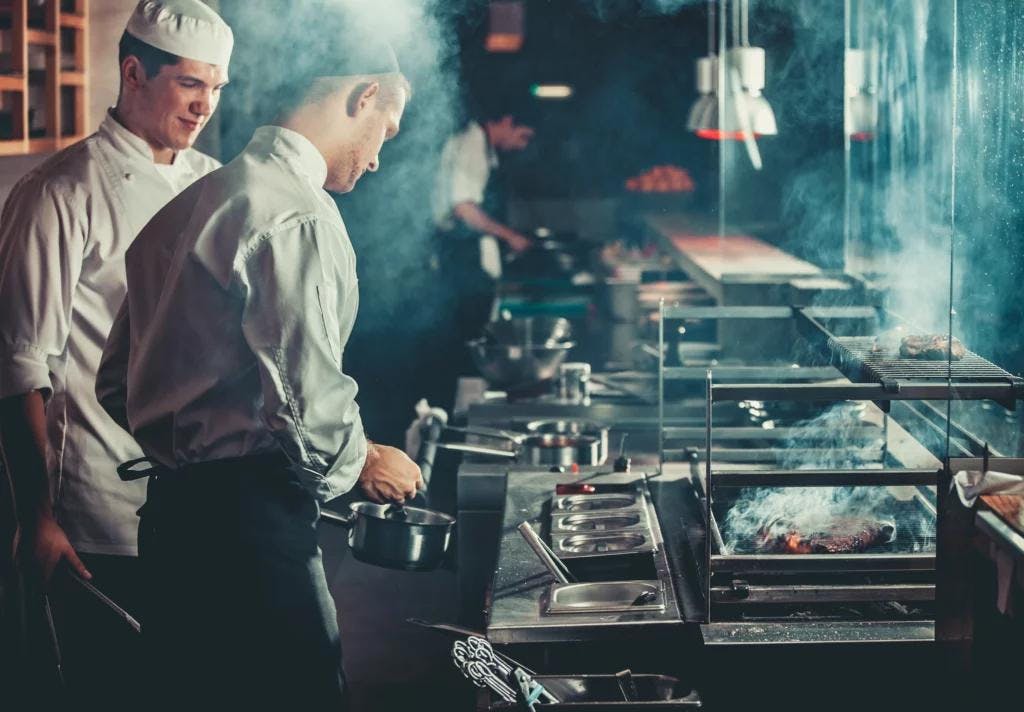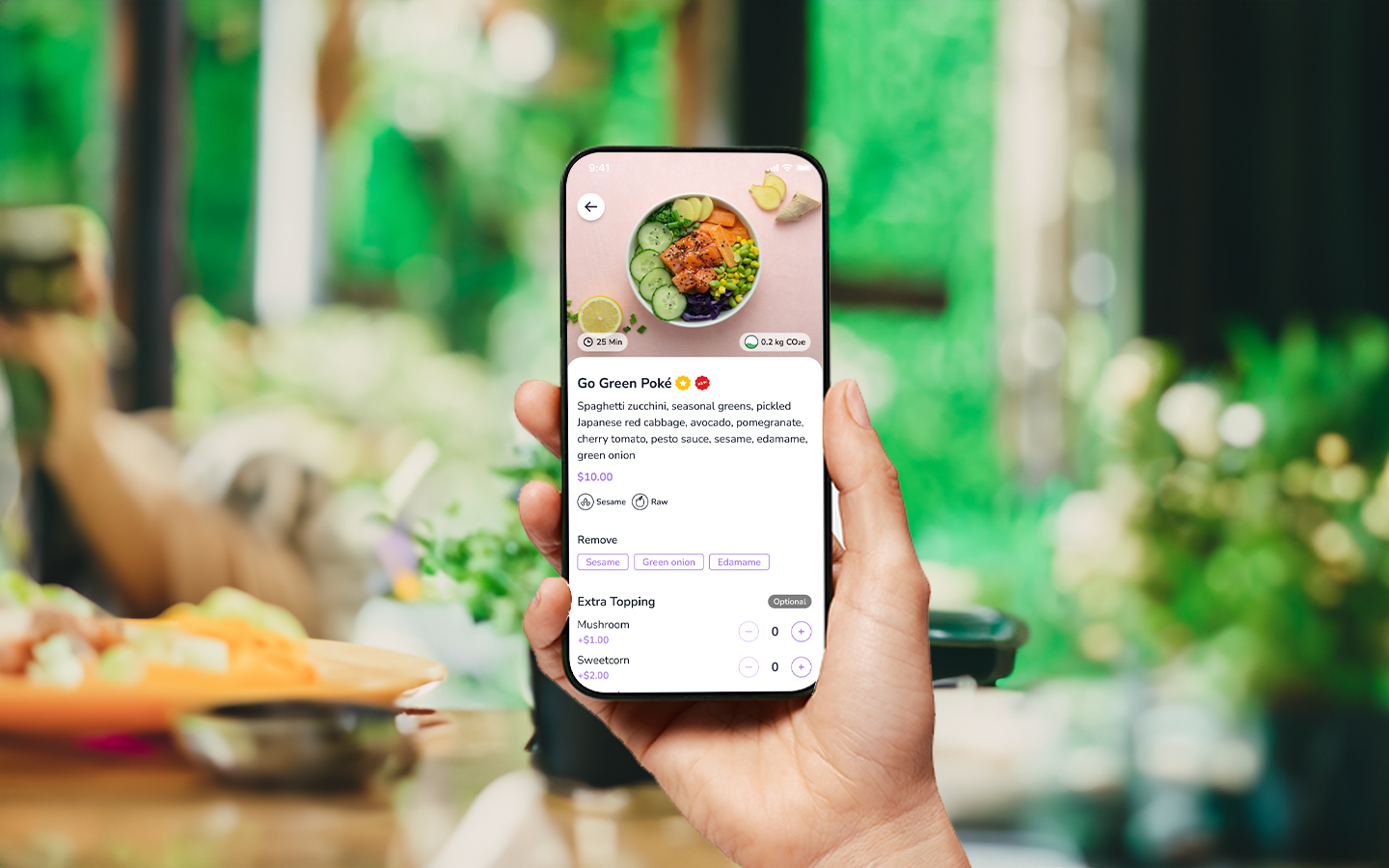Automation of the back of a restaurant is the back-of-house operations that vary from supplier management to staff shifts. It’s a never-ending cycle that is best managed with an infinite amount of compassion and love for the industry.
What your customers think is that the kitchen is where the Chefs prepare the food. The wait staff takes orders and brings out dishes to customers, and the dishwasher cleans up after everyone’s done eating. We, as restaurant owners, know that it is a very simplified version of what’s actually happening back there.
The back-of-house operations are a crucial part of any restaurant, but they don’t get much recognition when things go smoothly. The problem is that the back of the house hardly ever works without any challenges, and a seamless operation is hard to achieve in most cases.
Why is automation essential for restaurants?

A lot of people think that working in the back of the house is just making sure that everything is clean and organized, but it's a lot more than that.
It's about being organized and making sure that all the dishes are washed before they go out to customers. It's about ensuring that there are enough supplies so that all the meals can be prepared on time without running out of anything important.
It is also about making sure the kitchen is immaculately clean at all times, the accounting is up to date, suppliers are being paid, home delivery customers are getting their food on time, and the sales data is under control, providing the restaurant with the necessary, useful reports and analyses.
All of the above and more are no doubt extremely time-consuming tasks, but lucky for us, we can take advantage of digital technology and choose to automate some or all of these tasks.
Manage everything with automation
The first step in automating back-of-house operations for restaurants is to establish a clear understanding of the business. What are the goals of your business to automate some or all areas of your restaurant’s back of the house? What are the challenges? What does success look like after you implement automation? It is important to define all these before jumping into any automation project.
Just know that a lot of restaurants have already started using automation tools to help them streamline their business and reduce labor costs, but it is still early in the game. In a futuristic example for Europe (but not Japan), some restaurants use an iPad kiosk for customers to place orders at the table or use a robotic kitchen that can prepare food automatically with zero human intervention.
Automating restaurant back-of-house operations can help to increase efficiency and profitability, not to mention that it helps restaurant owners to own more of their time.
Some of the most popular automation tools for restaurants are:
· Menu optimization software helps optimize the menu based on the customer's preferences and past orders.
· Table management software that helps in managing reservations, seating, and managing customers' expectations.
· Inventory management software helps in monitoring inventory levels, so they don't run out of stock. It's not easy to manage the inventory, and doing it incorrectly might cost you money. Restauranteurs run the danger of either experiencing a scarcity when they need something or having a surplus that might be possibly wasted if they don't keep meticulous records of the inventory.
In the restaurant business, back-of-house operations are generally more tedious and repetitive than front-of-house. The labor costs in the back of a restaurant can be up to 75% of the total labor cost.
Automation is therefore an important part of any restaurant’s strategy because it helps restaurants save on costs in general and thus leads to a sustainable practice while increasing profits. Automation also frees up time for employees and management to focus on more customer service-oriented tasks.
The most common form of automation in restaurants is using technology like kiosks or tablets to order food, pay for food, place orders for supplies, etc. There are also other ways that restaurants can automate their back-of-house operations, such as using robotic arms for dishwashing and even cooking the food.
Build a future-proof restaurant with FineDine
As explained above, there are several strategies to improve your restaurant's back-of-house that will have a significant positive impact on your business. As the sector recovers, it is crucial to find affordable solutions to reduce costs. Automated restaurant technologies are created to address concerns of the future today.
You can choose to explore a restaurant management software that provides an all-in-one solution for restaurants. It can help you manage everything from the back of the house to the front-of-house operations so that you can have more time for yourself and your family.
FineDine is a cloud-based restaurant management system that can also automate the back-of-house of your restaurant.
The system is designed to help restaurants manage all aspects of their business in one place, including:
• Orders and inventory
• Point of sale (POS)
• Inventory
• Reservations
• Labor scheduling and payroll
• Customer loyalty programs
FineDine has a user-friendly interface and intuitive navigation. It is easy to learn and use so that your staff can get up to speed quickly. The dashboard is designed in a way that it's easy to understand what needs to be done and where they need to do it.
The software offers features like:
· Menu Management - You can create menus, edit them, or delete them with ease
· Guest Management - You can keep track of your guests by assigning them tables, sending them messages, or adding them as favorites
· Order Management – You can keep track of guest favorites and choices of your returning customers, along with other valuable data points.


